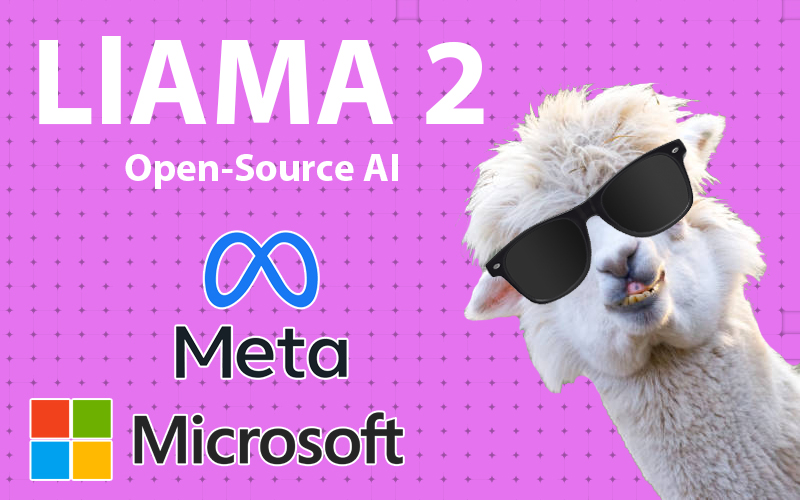
Meta’s New Open Source AI Model – Now Free


New Open-Source AI Model From Meta and Microsoft
The founder of Facebook and Instagram, Meta, and Microsoft has created a new artificial intelligence language model LIama 2, which is open source and will be publicly available for both research and business. Before this, Meta released a previous version of AI that was only available to approved organizations, but then the data was leaked, and LIama appeared on the network as publicly accessible. Meta tried to fight the situation and remove LLS from the Internet, for example, from the GitHub site, but LIama had already spread widely, and this was unsuccessful. After that, Meta decided to make this AI open.
Microsoft will make LIama available through the Azure AI catalog to work with it in the cloud. It will also be possible to work with AI on Windows through external providers AWS and Hugging Face. In fact, it is now the first major open-source LLM and is a competitive alternative to the expensive models of OpenAI and Google. According to Mark Zuckerberg, he sees the role of open-source technologies as key to the development of technologies in the future.
In addition to being open source in the new AI model, Meta has worked to improve security and fault tolerance. This has been implemented with Red-Teaming technologies that address security gaps. In addition, pre-trained models of this version of LLM have been trained on trillions of tokens, while fine-tuned models have been trained on a million human annotations.
It can be argued that now in IT technologies, there are 2 trends – these are AI and open-source products. Each of them has already captured the minds and attention of developers and companies around the world. An attempt to combine these 2 trends is probably an important step and impetus on the way to a new round of future technology development.




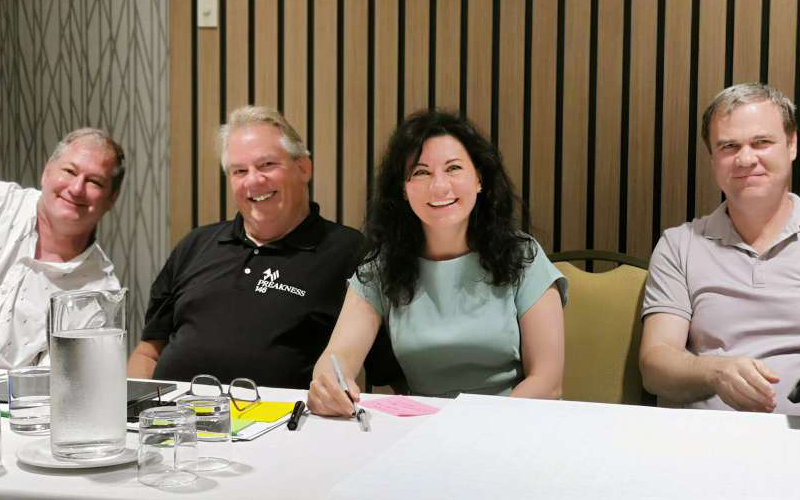
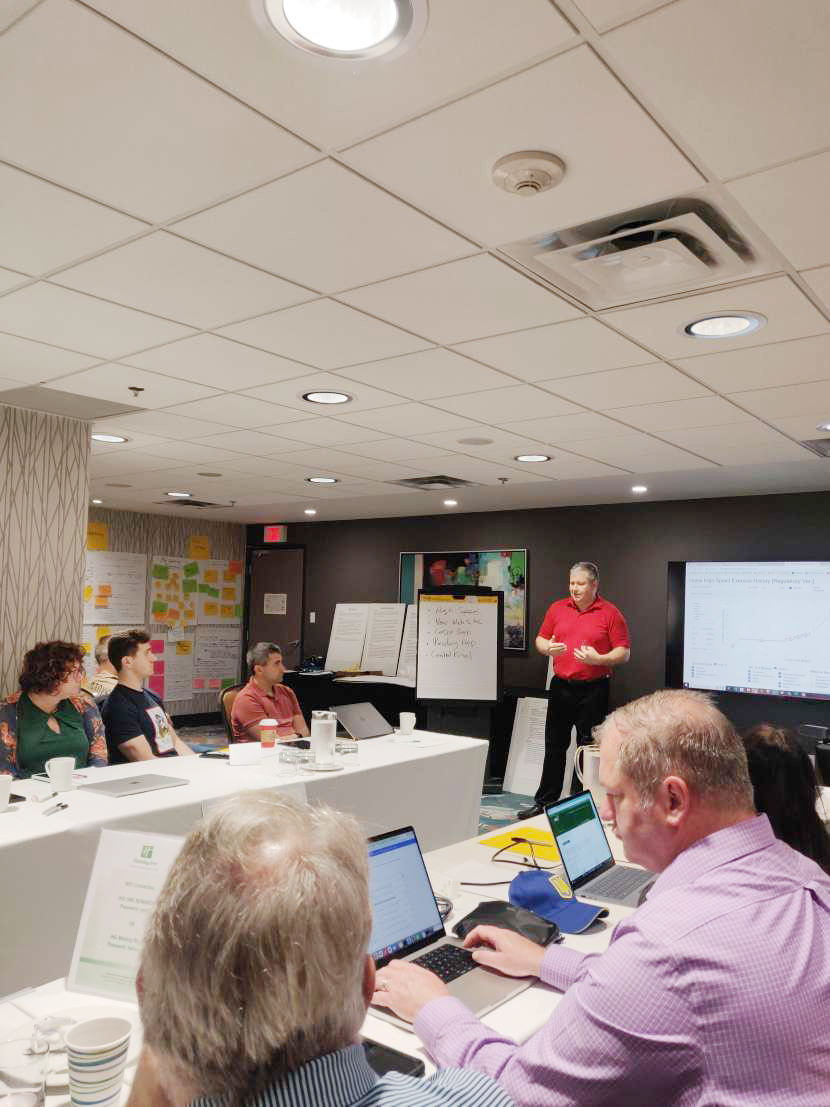
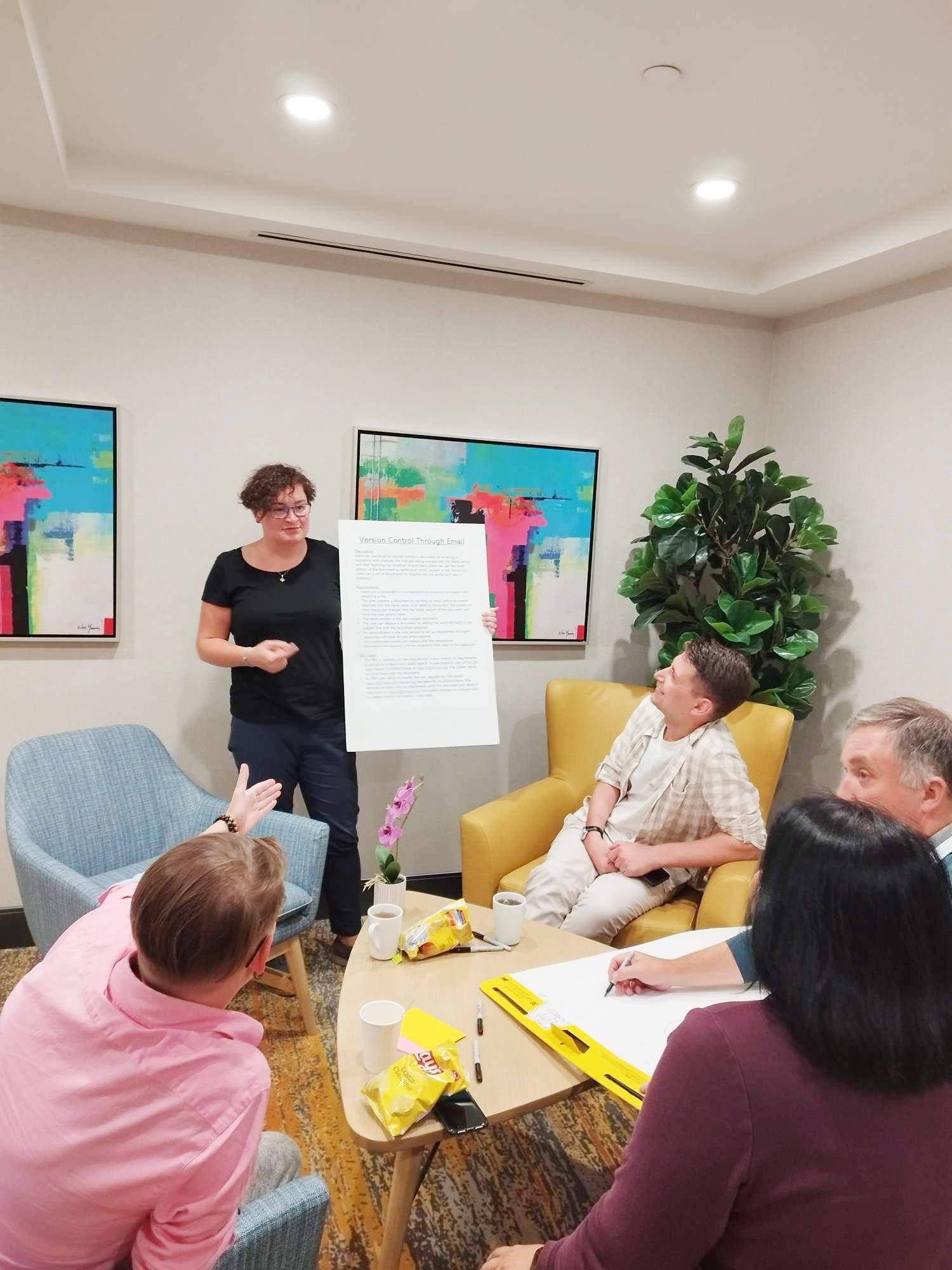
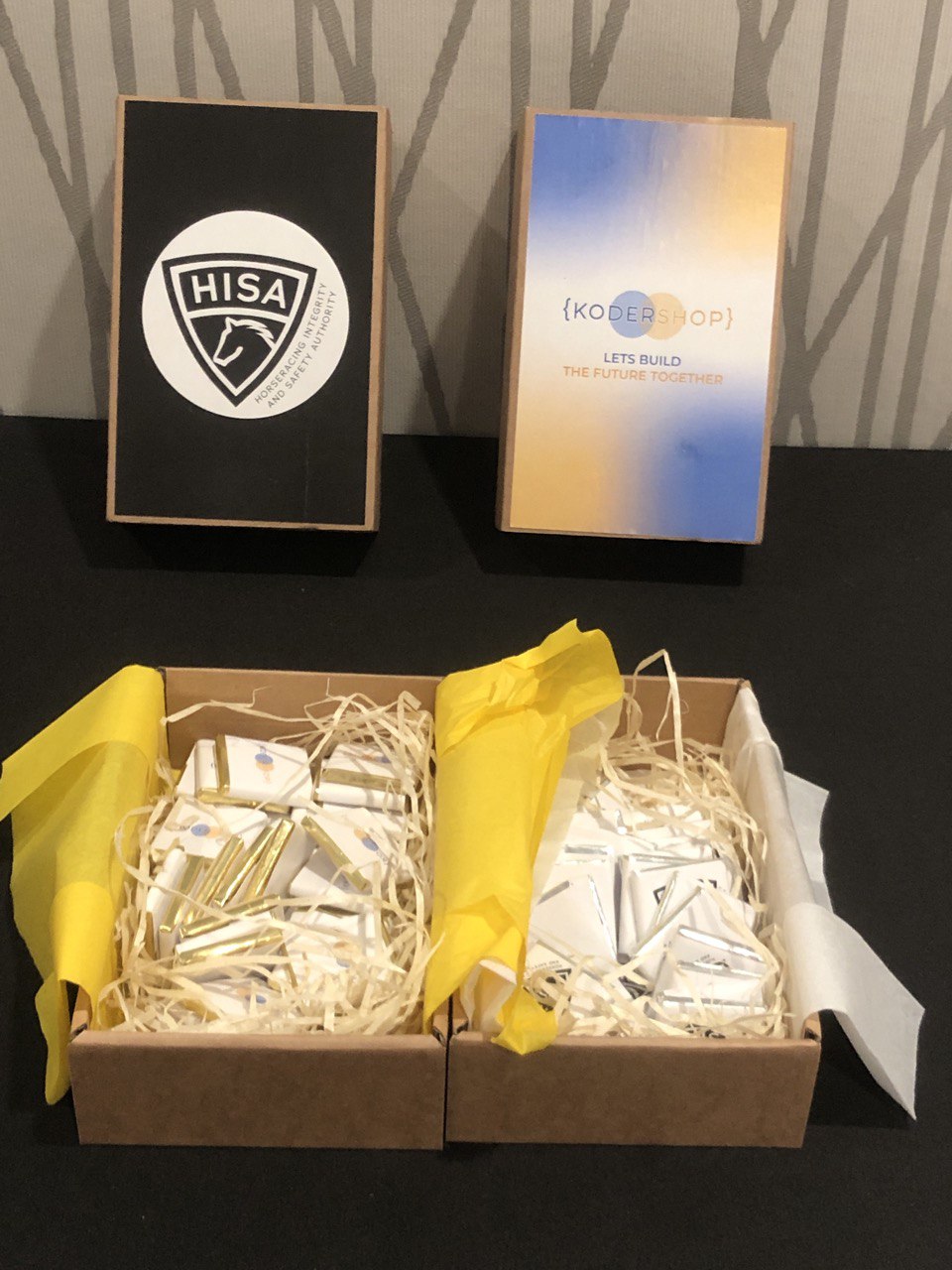


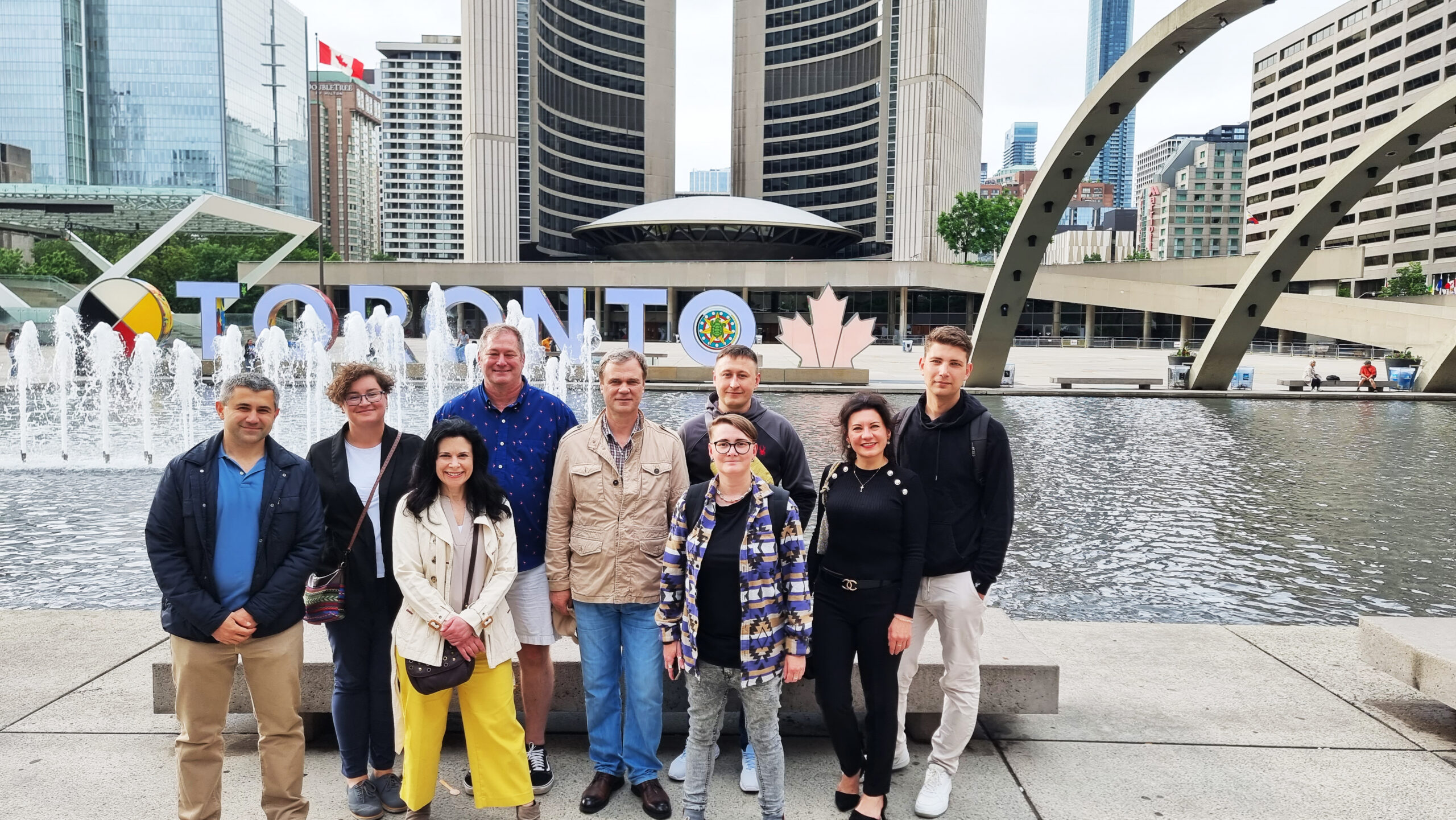
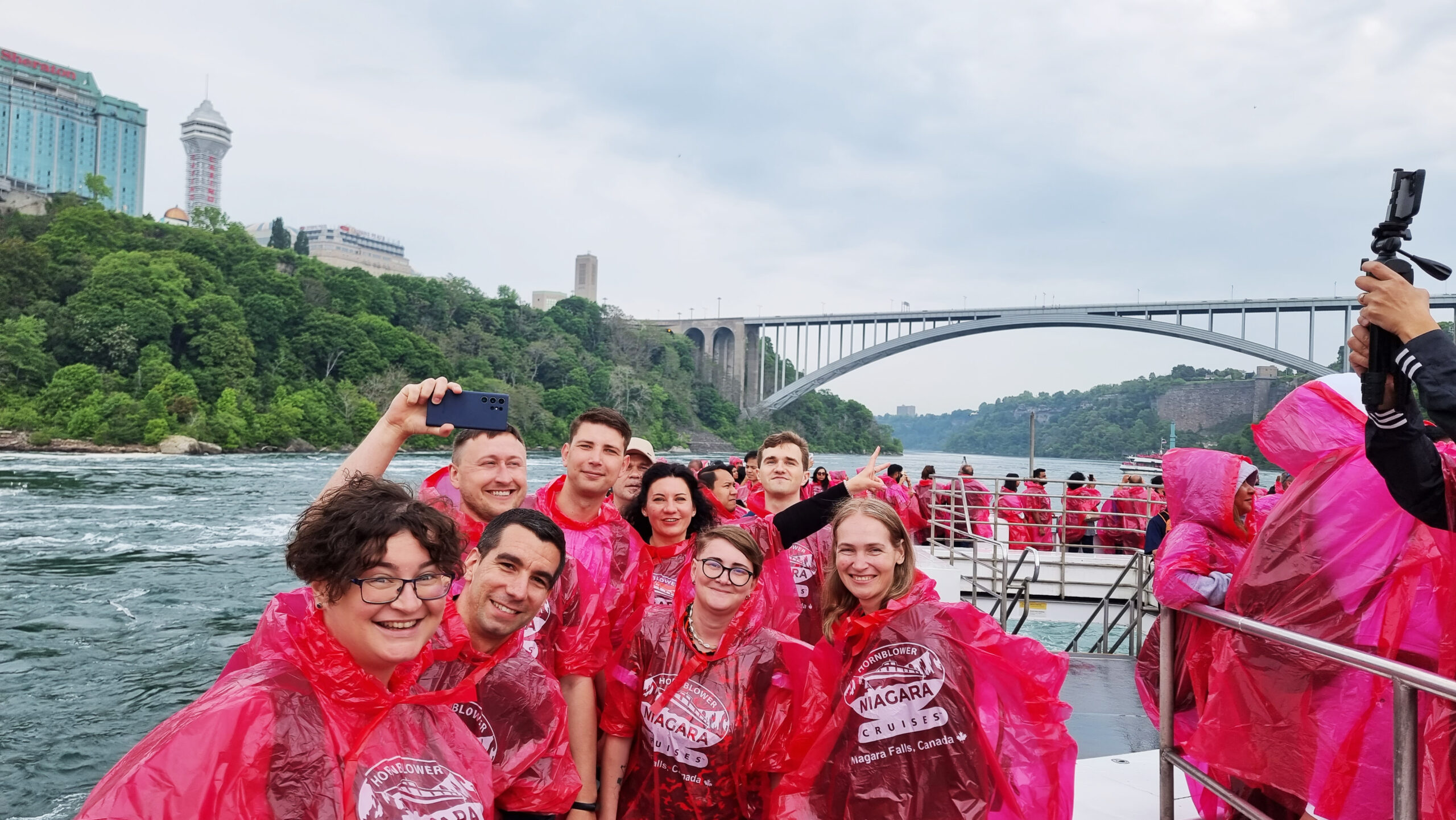
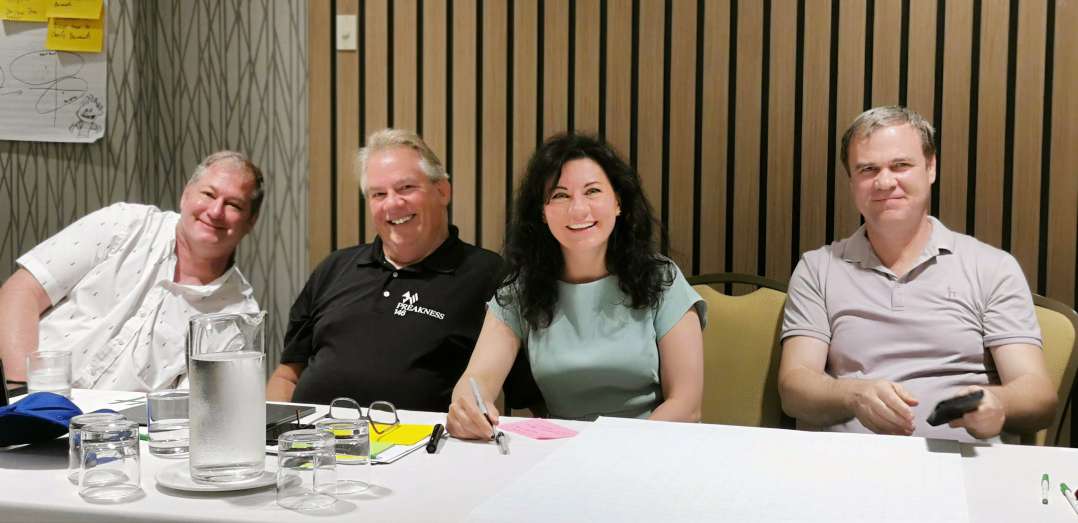
Recent Comments